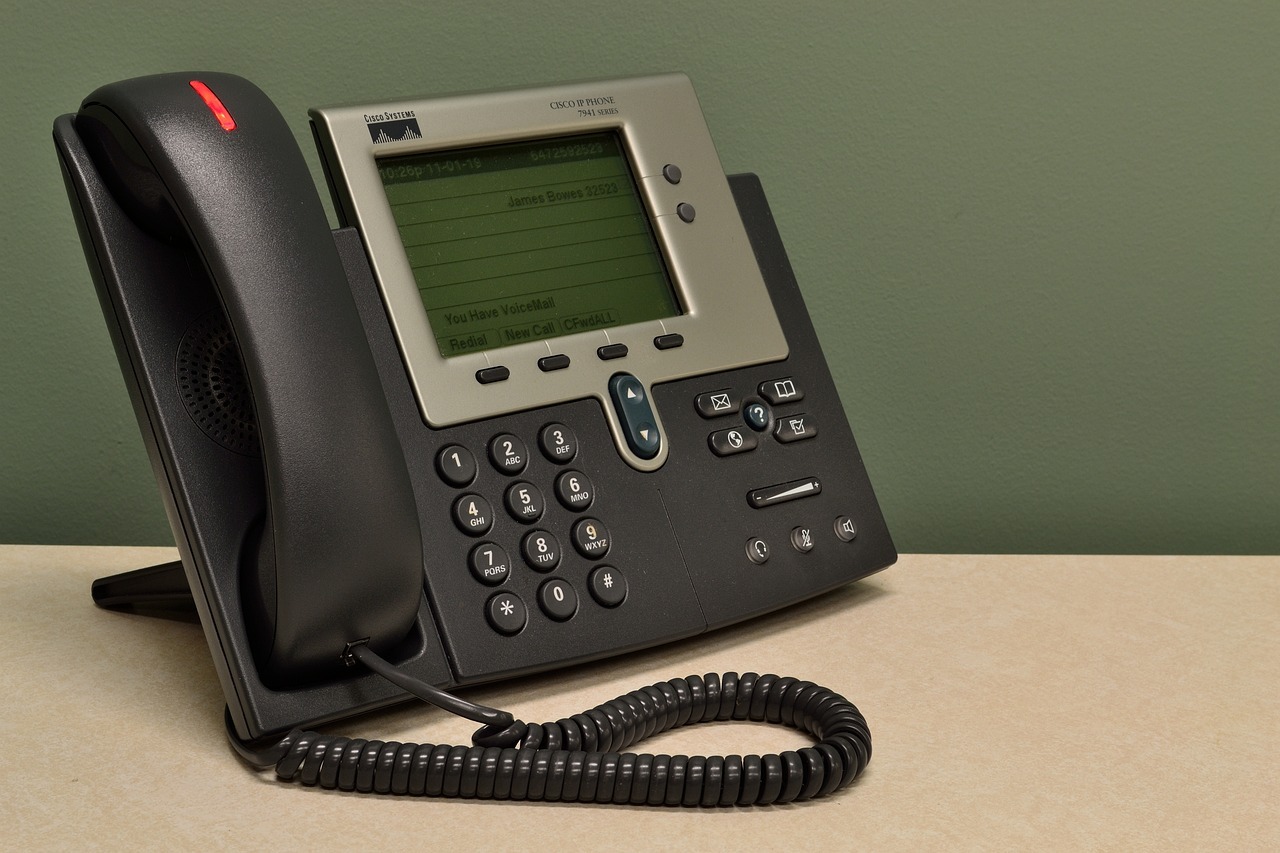In the modern business world, PABX phone systems can make a big difference in your company’s productivity. They provide an efficient and reliable way to manage internal and external communications. This article will discuss some of the top benefits that PABX phone systems offer to help you improve your business operations.
Better Call Management
Being on top of your business calls is essential for any successful business. The people working at United Telecoms know exactly how much good management helps in your overall operations. With a PABX phone system, businesses can easily manage their call traffic and ensure that important calls are given the attention they deserve.

It provides features like automated attendant answering services to greet customers with a professional-sounding message, auto-dialers to make sure all incoming calls are answered promptly, and route planners to make sure calls go where they need to without delays. This helps businesses save time and money while providing top-notch customer service at the same time. Additionally, with the ability to record conversations and store them in the cloud, businesses can use this information for later reference or training purposes. All of these features help businesses take control of their communications strategy and make sure no call goes unanswered.
Increased Productivity
Having a productive workforce is key to a successful business. This is especially true when it comes to customer service and sales teams, who need fast, efficient phone systems that can help them do their job quickly and effectively. A PABX phone system can provide businesses with the perfect solution for increased productivity.
These are designed to be highly configurable so they can be tailored to meet the specific needs of any business. PABX phone systems come with a range of features that make communicating easier, such as call forwarding, conference calling, caller ID, voice mail, and automated attendant services. These features work together to enable employees to handle multiple calls at once and respond quickly to customer inquiries. It helps reduce wait times for customers on the other end of the line and can lead to increased customer satisfaction.
Saving Money
In today’s fast-paced business world, every penny counts and savings can make a significant impact on profitability. Speaking of which, there are many expenses when it comes to communications in a business setting, including the following:
- phone service charges
- Internet bills
- equipment costs
- maintenance and repairs
- software and apps
- training
- regulatory and compliance fees
PABX phone systems operate on a single network, which means that businesses can eliminate the need for multiple phone lines and reduce the costs associated with them. Additionally, they offer a range of features that can help improve efficiency, cut costs, and ultimately enhance the bottom line. By providing easier communication channels and advanced communication features, PABX phone systems can lead to significant savings over time.
Improved Customer Service
These phone systems have revolutionized how businesses handle their customer service. With smarter technology and better features, companies can now offer faster and more personalized assistance to their clients. Customers no longer need to endure long wait times or struggle to get through to a representative.
Businesses that invest in modern PABX phone systems can now handle calls with more efficiency and professionalism, which ultimately leads to higher customer satisfaction. Moreover, these systems are scalable, making it easy for growing companies to expand their customer service efforts without compromising on quality. PABX phone systems have become a must-have for businesses that prioritize efficient and effective customer service.
Flexibility
When it comes to running a business, flexibility is key. With a PABX system, businesses can adjust and customize their phone set up to meet their specific needs. Whether it’s routing calls to different departments or setting up unique voicemail options, the flexibility of PABX phone systems allows businesses to better serve their customers and operate more efficiently.
Plus, with the ability to easily add or remove phone lines as needed, businesses have the flexibility to scale up or down as their needs change. In short, PABX phone systems provide businesses with the freedom to tailor their communications to best match their unique strategy and goals.
Security
When it comes to running a business, security is always a top priority. PABX systems can offer a high level of security. With this, you can create access codes and restrict certain features to certain employees. This helps to ensure that sensitive information stays in the right hands.
Additionally, PABX systems allow for call monitoring and recording, which can be incredibly helpful in the case of disputes or legal issues. By implementing one of these systems, you can have peace of mind knowing that your business communication is safe and secure.

Overall, PABX phone systems offer a range of features and benefits that can help businesses become more efficient and cost-effective. From improved customer service to increased productivity and security, these advanced communication solutions are designed to meet the unique needs of any business. With their scalability, flexibility, and enhanced functionality, it’s no surprise why so many companies have switched over to PABX phone systems for their communications infrastructure. Investing in one is an investment in your company’s future success.



















